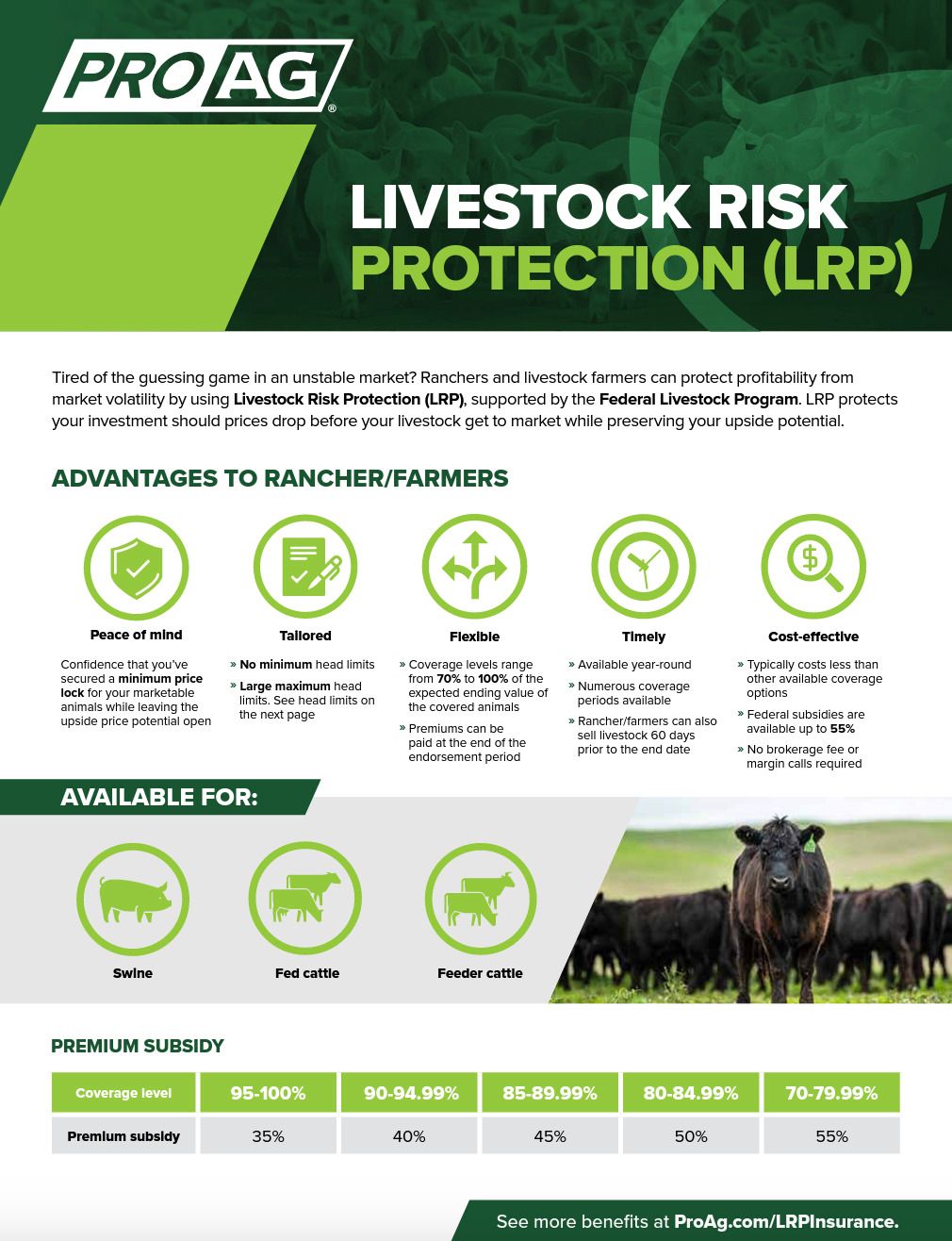An Unbiased View of Bagley Risk Management
An Unbiased View of Bagley Risk Management
Blog Article
Professional Guidance on Danger Analysis and LRP Insurance Policy Solutions

The Value of Danger Evaluation
Effective danger evaluation is essential in the decision-making process of any type of organization, directing tactical planning and resource appropriation. By systematically identifying, assessing, and prioritizing potential threats, organizations can prepare for difficulties, exploit on possibilities, and make educated selections to accomplish their goals. Risk analysis permits organizations to proactively deal with vulnerabilities, minimize dangers, and maximize their danger management strategies.
Among the crucial benefits of threat evaluation is its role in boosting functional efficiency. By recognizing the potential dangers that might influence various elements of the organization, companies can simplify processes, designate sources extra effectively, and minimize the probability of expensive interruptions. Furthermore, threat evaluation enables firms to abide by governing demands, secure their track record, and build depend on with stakeholders.
Recognizing Possible Losses
To understand the effect of threat analysis, it is imperative to comprehend the prospective losses that can significantly affect an organization's operations and monetary security. Possible losses can emerge from various resources, consisting of all-natural disasters, economic downturns, operational failures, regulatory modifications, and cybersecurity breaches. These losses can lead to direct expenses such as residential or commercial property damage, legal costs, and fines, as well as indirect costs like reputational damage and loss of market share.
Understanding potential losses includes carrying out a detailed evaluation of the threats that can emerge and estimating the monetary impact they may have on the organization. By quantifying these potential losses, businesses can focus on threat reduction efforts and allocate resources properly. A comprehensive understanding of possible losses allows organizations to make enlightened decisions when selecting threat administration methods, such as purchasing insurance policy protection or implementing threat control steps.
In essence, by identifying and comprehending possible losses, organizations can proactively take care of threats and guard their long-term sustainability and success.
Duty of LRP Insurance Coverage Solutions
The assimilation of LRP insurance options within a company's danger management structure enhances durability and strengthens monetary security against unanticipated adversities. LRP, or Loss Healing Item, insurance coverage solutions play a crucial function in minimizing the effect of possible losses by providing monetary defense and assistance in times of crisis. These insurance policy solutions are customized to fulfill the specific requirements of services, offering protection for different threats such as residential property damages, service interruption, obligation cases, and extra.
By moving the monetary risk Visit Your URL to an insurance copyright, services can focus on their core operations with better peace of mind, knowing that they are protected versus considerable financial losses. Furthermore, LRP insurance remedies can improve an organization's threat administration strategy by supplementing existing threat mitigation measures and making certain detailed security across all locations of prospective vulnerability.
Identifying Secret Risks
In the procedure of risk analysis, a vital action includes determining key dangers that have the potential to affect a company's operations and economic stability. Recognizing key dangers requires a thorough assessment of exterior and internal aspects that could present threats to the company's purposes. Internal threats might include functional ineffectiveness, conformity issues, or human resource obstacles, while external dangers can encompass economic slumps, regulatory changes, or all-natural calamities.

Moreover, vital risks ought to be regularly examined and updated to straighten with the vibrant business environment. This positive technique enables organizations to stay ahead of prospective hazards and safeguard their lasting success.
Selecting the Right Coverage
Having determined the crucial threats that can impact an organization's operations and financial stability, the next vital action involves thoroughly selecting the best protection to efficiently handle and reduce these dangers. When it pertains to picking the click here for more appropriate coverage, organizations need to consider their specific threat direct exposure, economic capacities, and calculated goals. It is important to carry out a detailed analysis of the offered insurance coverage choices to ensure that the picked protection straightens with the company's risk management objectives.

Organizations should work very closely with seasoned insurance coverage specialists to evaluate their threat accounts and determine one of the most suitable insurance policy items to address their see this here requirements. Customizing insurance protection to certain risks can assist enhance defense while decreasing unneeded costs. Additionally, organizations ought to evaluate policy terms and conditions carefully to recognize the level of protection supplied and any type of possible exemptions that might impact their threat reduction strategies.
Conclusion
In conclusion, risk analysis is critical in determining prospective losses and selecting the appropriate LRP insurance policy services. Expert advice can help browse the complexities of risk analysis and insurance coverage services, giving services with the required devices to successfully manage and minimize dangers.
Expert advice plays an essential role in this procedure, providing valuable understandings into recognizing and assessing risks, as well as purposefully choosing ideal insurance policy coverage customized to reduce those threats efficiently. A thorough understanding of prospective losses makes it possible for organizations to make enlightened choices when selecting danger management methods, such as purchasing insurance policy protection or executing threat control steps.

Report this page